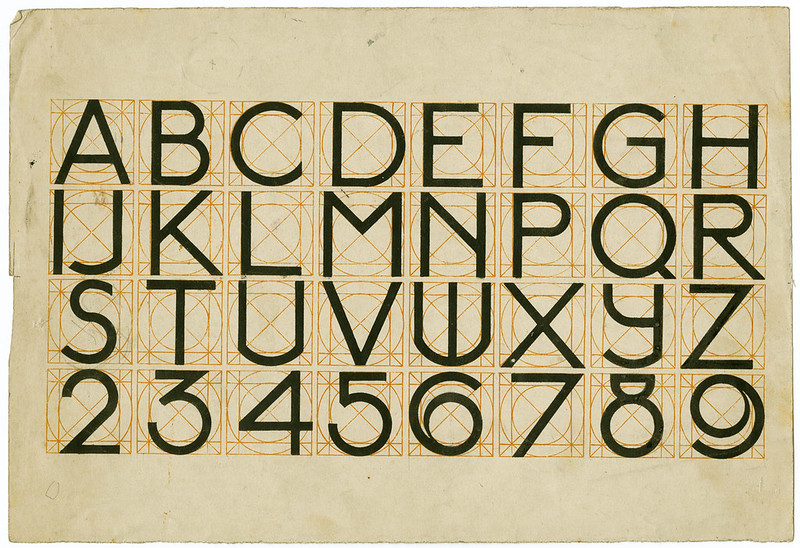Blogger posts,
Friend writes this
Spammer adds
Some word salad.
N00b goes what?,
Crank goes but—
And the conversation starts.
Redditor
Submits a link,
And the trolls come out to play.
But there’s one voice
That no one knows
What does the sock say?
Just a thing-thing-thing-a-thingy-thing!
Let me bring-bring-bring-bring-a-thing-up-thing!
Let me bring-bring-bring-bring-a-thing-up-thing!
What the sock say?
Wha-ta-fu-wha-ta-fu-huh?
Wha-ta-fu-wha-ta-fu-huh?
Wha-ta-fu-wha-ta-fu-huh?
What the sock say?
Hatey-hatey-hatey-ho!
Hatey-hatey-hatey-ho!
Hatey-hatey-hatey-ho!
What the sock say?
Yup-yup-yuppo-yuppo-yup!
Yup-yup-yuppo-yuppo-yup!
Yup-yup-yuppo-yuppo-yup!
What the sock say?
Different name
New IP
Strange how much
You remind me…
Make a slip
In what you know
Suddenly your true self shows.
And what I read
As innocent
From a stranger to my site
Now comes across
More sinister
And things get suddenly much
Wo-o-o-o-orse
Wo-o-o-o-orse
Wo-o-o-o-orse
I say your name and
Cu-u-u-u-urse
Cu-u-u-u-urse
Cu-u-u-u-urse
What does the sock say?
Got-cha-gotcha-gotcha-now!
Got-cha-gotcha-gotcha-now!
Got-cha-gotcha-gotcha-now!
What the sock say?
Fukka-kaka-kaka-kaka-cow!
Fukka-kaka-kaka-kaka-cow!
Fukka-kaka-kaka-kaka-cow!
What the sock say?
Tee-hee-teehee tee-hee!
Tee-hee-teehee tee-hee!
Tee-hee-teehee tee-hee!
What the sock say?
I foo-oo-oo-ooled
Yoo-oo-oo-ooo!
What does the sock say?
The secret of the sock
Anonymity
Somewhere out in the net
I know you’re hiding
What is your name?
Do I even care
What got you so obsessed with me?
Why do you stay?
You’re my internet stalker
Hiding in the net
Why do you stay?
I won’t go away, no, you can’t drive me away, no, I’m here to stay, yo
Will we ever know?
Maybe I’ll come and stay, now
I want you
Come on over and play, you’re
I want you, want you to go!
Reading the crap that I say, though.
Original version here, Know Your Meme explanation here, if you’re confused.

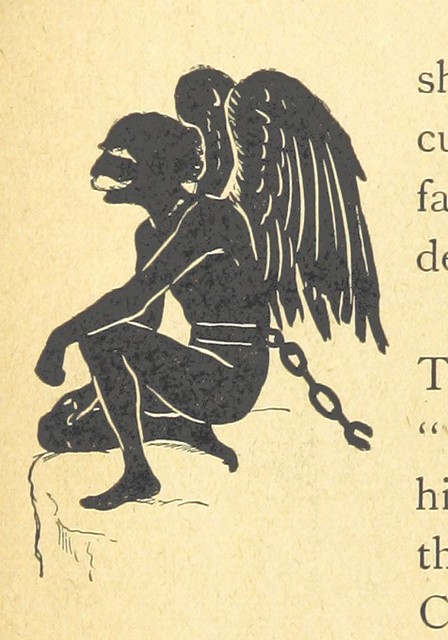
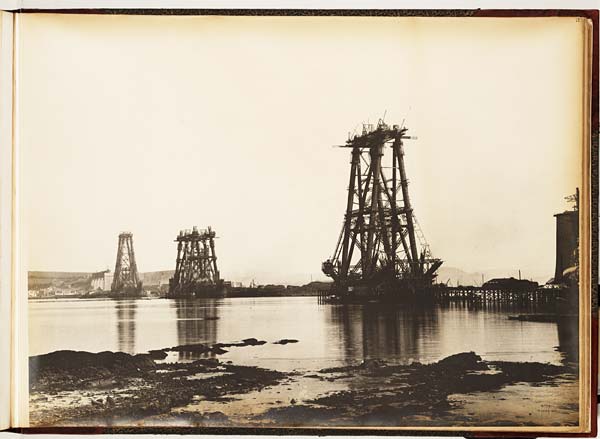

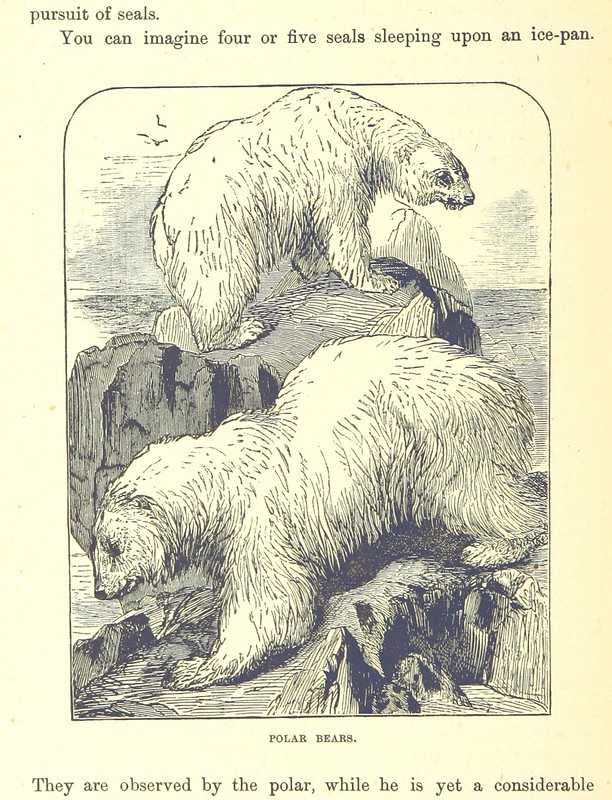
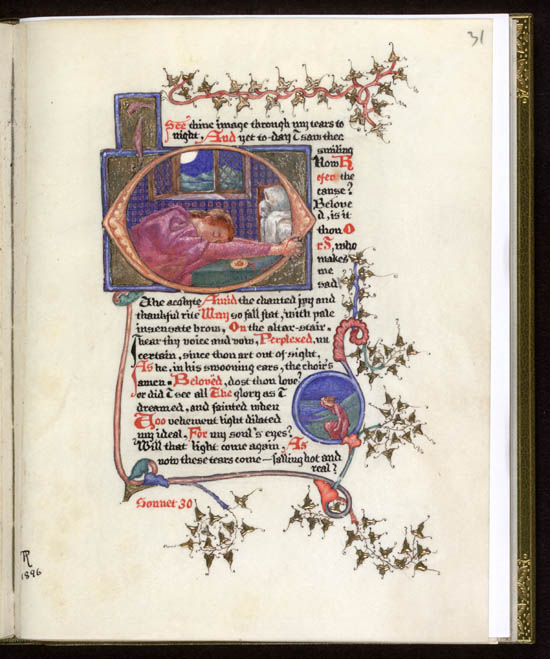
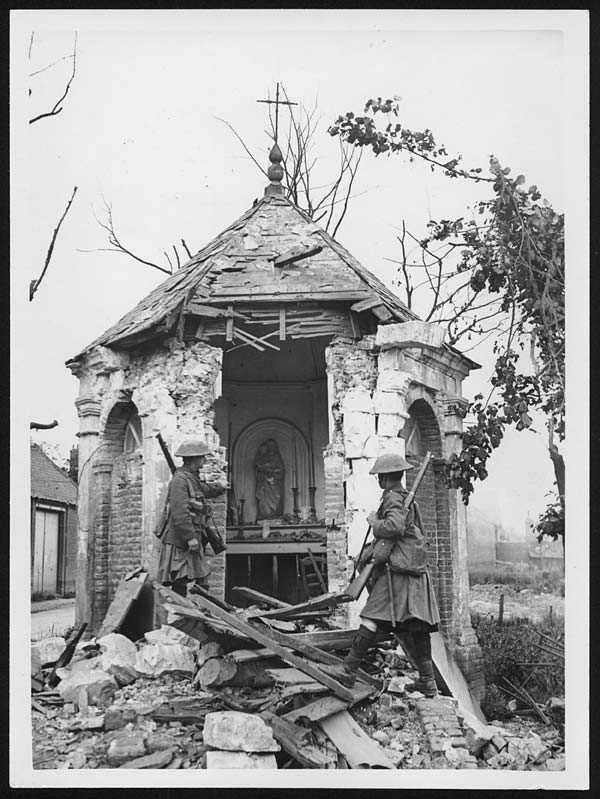
![Catalog, Theodore Payne, Seedsman and Nurseryman, Los Angeles [cover]](http://farm3.staticflickr.com/2865/10056310026_f93b597995.jpg)
![Catalog, Theodore Payne, Seedsman and Nurseryman, Los Angeles [back cover]](http://farm8.staticflickr.com/7433/10056234774_01a9d8d6e2.jpg)
